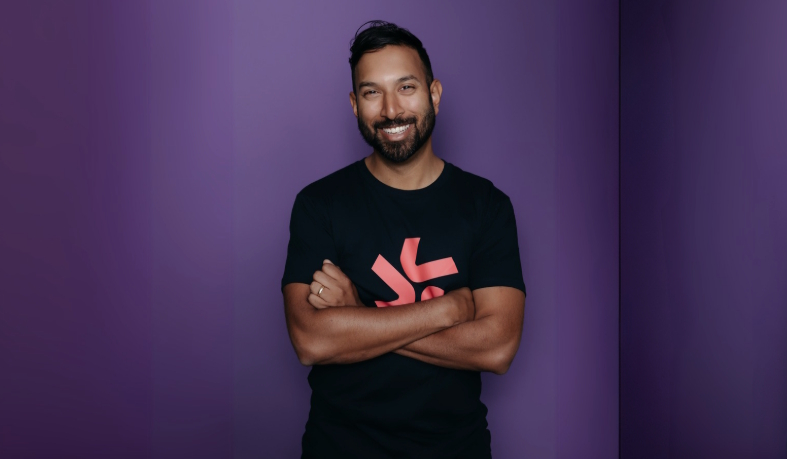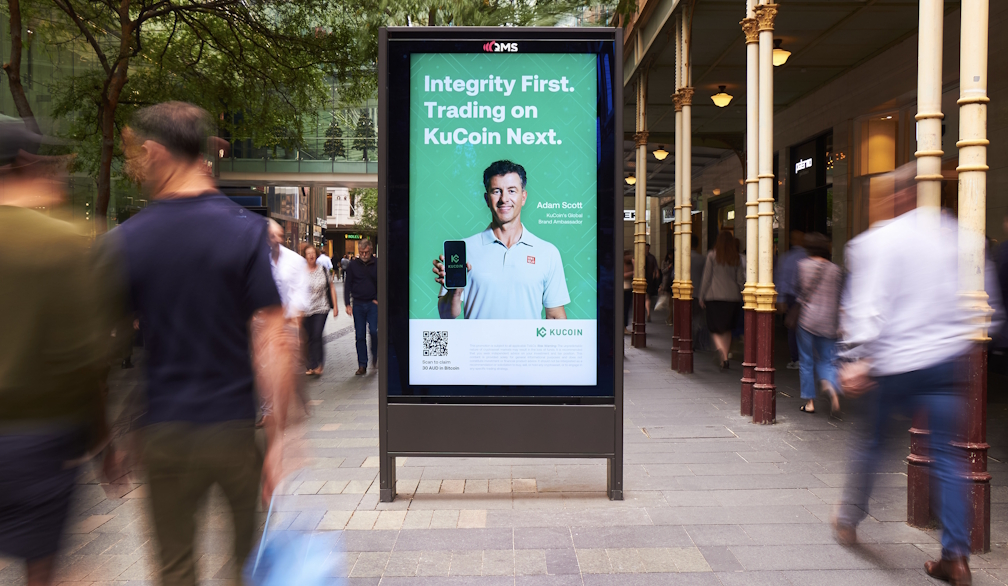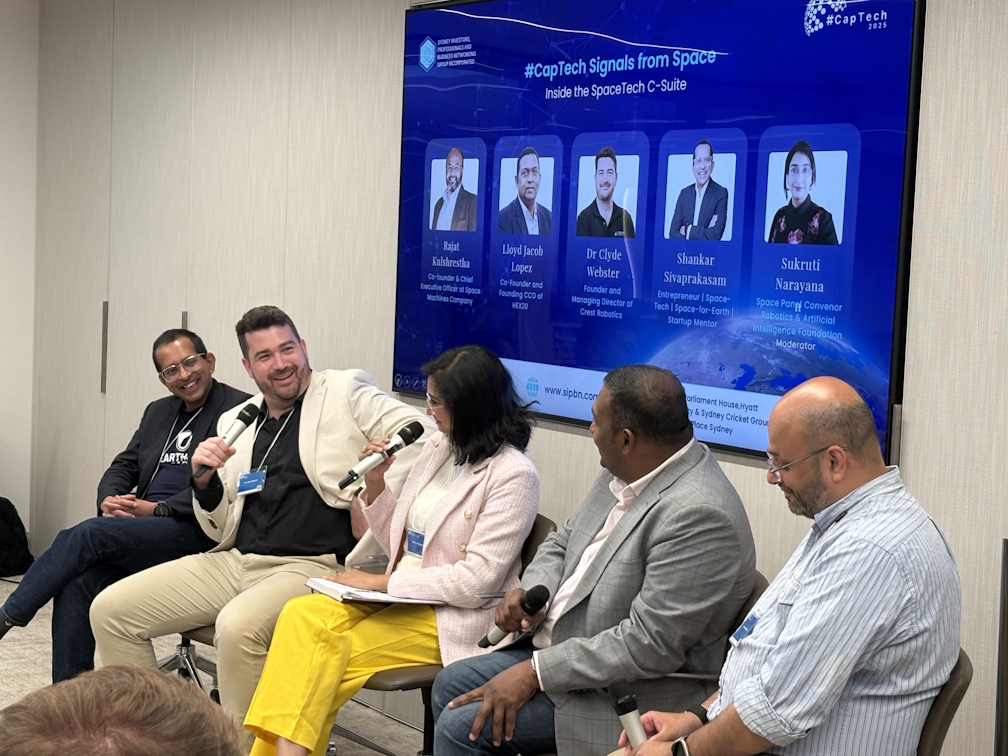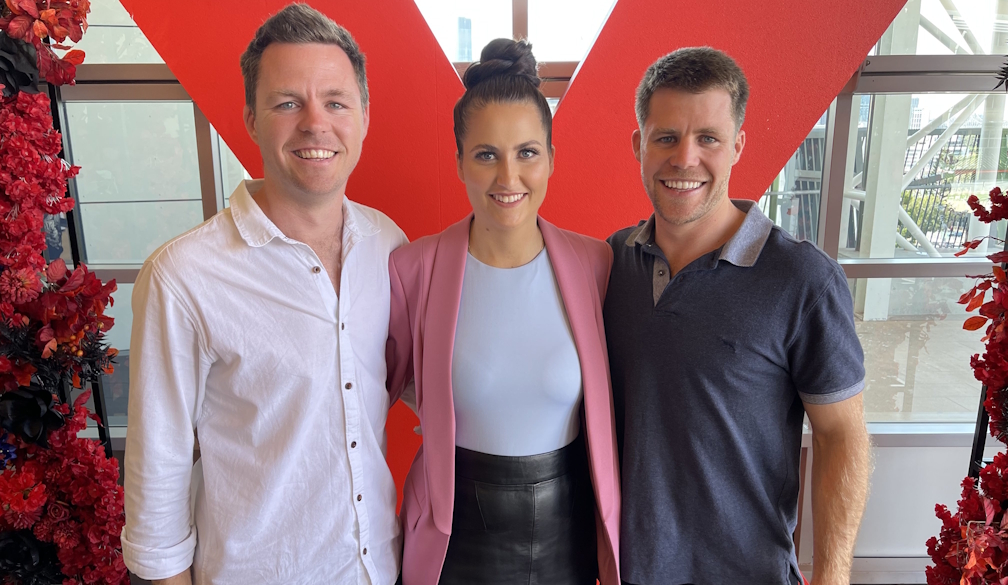Mastering Paid Media with Smart Bidding Strategies

In a landscape where advertising platforms evolve faster than most brands can keep up, mastering Paid Media with Smart Bidding Strategies has become a non-negotiable requirement for marketers who want to maintain a competitive edge. As automation, machine learning, and AI-driven optimization reshape the world of paid advertising, understanding how to leverage smart bidding is essential for achieving predictable, scalable, and cost-efficient results. This article explores the strategic foundations of smart bidding, the role of data and automation, and the advanced tactics that produce sustainable growth in a dynamic digital environment.
Unlocking the Power of Smart Bidding in Paid Media
Smart bidding is Google’s automated bidding system that uses machine learning to optimize for conversions or conversion value in every auction, known as “auction-time bidding.” Unlike manual approaches that rely on human judgment and historical data alone, smart bidding incorporates vast contextual signals such as device, browser, location, audience, time of day, and prior user behavior.
The real strength of smart bidding lies in its ability to process signals at a scale impossible for human marketers. It evaluates millions of micro-moments in real time to determine which impressions are most likely to drive valuable outcomes. For brands leveraging comprehensive Digital Marketing Strategies, smart bidding becomes the connective tissue that aligns paid media execution with broader business objectives.
How Automation Is Transforming Modern Ad Strategy
Automation has become the backbone of modern advertising, not to replace human strategists but to enhance decision-making accuracy. Traditional bidding methods required constant manual monitoring, spreadsheets, and performance adjustments. Today, smart bidding eliminates much of that operational burden.
Automation influences modern ad strategy in several key ways:
- Increased efficiency: Campaigns adjust dynamically to performance fluctuations with no downtime.
- Scalability: Brands can expand campaigns without overwhelming internal teams.
- Reduced human error: Machine learning models optimize with greater consistency than manual input alone.
- Strategic focus: Marketers redirect time toward creative development, funnel design, and audience insights.
Automation is no longer simply an enhancement, it is the foundation of high-performance, data-driven paid media execution.
Choosing the Right Smart Bidding Model for Your Goals
Selecting the appropriate bidding model is central to campaign success. Each model is designed to optimize different outcomes:
1. Target CPA (tCPA)
Ideal for lead-generation or acquisition-focused brands with consistent conversion volumes. The platform works to generate as many conversions as possible within a predefined cost threshold.
2. Target ROAS (tROAS)
Best for eCommerce or revenue-driven advertisers. This model focuses on maximizing return relative to ad spend, assigning higher bids to users likely to produce higher-value purchases.
3. Maximize Conversions
Beneficial for new campaigns lacking historical data. It aggressively pursues the highest number of conversions within your budget.
4. Maximize Conversion Value
A fit for brands prioritizing revenue over volume. It focuses on driving the highest-value outcomes with available spend.
5. Enhanced CPC (ECPC)
A semi-automated solution suitable for advertisers transitioning from manual bidding. It adjusts bids in real time while keeping manual controls intact.
Understanding which model aligns with your KPIs, budget, and campaign maturity is essential for capturing the full potential of automated bidding.
Optimizing Campaign Structure for Maximum Performance
Even the most advanced algorithm cannot overcome a poorly structured campaign. Successful smart bidding requires an architecture that supports clean data, segmentation, and ease of optimization.
Key principles of smart bidding-ready campaign structure:
- Simplify ad groups and keywords to give algorithms clearer data pathways.
- Use consistent conversion logic to avoid confusing the learning model.
- Segment by intent, not minor demographic differences.
- Align landing pages with specific conversion actions for higher relevance.
- Reduce campaign fragmentation so data consolidates into robust learning pools.
Smart bidding thrives on pattern recognition. A streamlined structure accelerates learning and improves algorithmic efficiency.
Leveraging Audience Signals to Improve Bid Efficiency
Audience layering allows smart bidding models to make sharper predictions. While the algorithm autonomously evaluates user behavior, providing predefined audience groups strengthens its accuracy.
Important audience segments include:
- In-market audiences: Users displaying purchase intent for relevant categories.
- Custom segments: Based on keywords, app usage, or site activity.
- Remarketing lists: Audiences who have interacted with your brand previously.
- Customer match lists: First-party data for high-value cohorts.
By feeding high-quality audiences into your campaigns, you guide the algorithm toward more precise and cost-efficient bidding decisions.
Data Quality: The Hidden Driver of Smart Bidding Success
Data quality is the most overlooked, yet most influential factor in smart bidding performance. Algorithms rely on clean, accurate, and sufficiently large conversion datasets to make optimal predictions.
Critical data quality factors include:
- Accurate conversion tracking
- Consistent attribution models
- Reliable value assignment for revenue or weighted conversions
- Sufficient conversion volume (generally 30+ conversions within 30 days)
- Exclusion of spam or low-intent conversions
Poor data leads to misguided decisions, wasted spend, and slower learning cycles. Investing in analytics infrastructure, such as server-side tracking or advanced tagging, is often the difference between mediocre and high-performing smart bidding campaigns. Many organizations rely on experts like OWDT: SEO Company in Houston to implement precise tracking systems that enable smarter bidding.
Advanced Tactics for Scaling with Automated Bidding
Once your campaigns are stable, scaling requires deliberate strategies that preserve performance while expanding reach.
1. Gradual Bid and Budget Adjustments
Abrupt changes can push campaigns out of their learning phase. Increase budgets slowly (10–20% at a time) to maintain stability.
2. Expand High-Intent Keyword Groups
Adding more keywords that align with proven conversion patterns allows the model to find similar users at scale.
3. Integrate First-Party Data
CRM lists, purchase histories, and loyalty program data dramatically improve prediction accuracy.
4. Use Portfolio Bidding
Portfolio strategies allow multiple campaigns to work toward shared conversion or ROAS goals.
5. Optimize Landing Experience
Stronger landing pages increase conversion rate, giving smart bidding better signals to optimize against.
Scaling is less about increasing spend and more about enhancing the algorithm’s ability to find new high-value opportunities.
Troubleshooting Common Smart Bidding Pitfalls
Even experienced marketers encounter challenges when working with smart bidding. Common pitfalls include:
1. Insufficient Conversion Data
When conversion volume is too low, algorithms struggle to predict performance. Consider broadening targeting or simplifying conversion actions.
2. Overlapping Targeting
Multiple campaigns targeting the same audiences can cannibalize performance.
3. Too Many Campaign Changes
Frequent edits reset learning phases, causing volatility.
4. Misaligned KPIs
Unrealistic target CPA or ROAS goals force the algorithm into restrictive bidding, limiting reach.
5. Poor Landing Page Experience
Low-quality pages lead to lost conversions, reduced signals, and impaired machine learning performance.
Identifying bottlenecks early keeps campaigns efficient and prevents wasted budget.
Measuring Success: KPIs That Matter for Smart Bidding
Smart bidding requires a shift in how performance is evaluated. Traditional metrics such as cost-per-click or impression share become less relevant when the focus is on conversion outcomes.
Key KPIs include:
- Conversions and conversion value
- CPA or ROAS (based on model selected)
- Conversion rate
- Budget utilization and pacing
- Learning phase stability
- Incrementality testing results
Evaluating performance through these metrics ensures alignment between bidding models and business objectives, providing a realistic measure of long-term impact.
Future-Proofing Your Paid Media Strategy with AI-Driven Bidding
The future of paid media is deeply intertwined with the evolution of AI. As algorithms become more sophisticated, smart bidding will transition from a tactical enhancement to a fully integrated strategic engine.
Emerging trends shaping the future include:
- Predictive modeling that anticipates user needs before they search.
- Cross-platform smart bidding, unifying data from Google, Meta, TikTok, and programmatic platforms.
- Creative-level machine learning, optimizing not only bids but also ad messaging and asset selection.
- Privacy-safe data solutions, fueled by first-party and consent-driven tracking infrastructures.
Brands that adopt AI-driven bidding today secure a competitive advantage as automation becomes the dominant driver of paid media performance.
Turning Smart Bidding Into a Scalable Growth Engine
Mastering smart bidding is no longer optional for businesses that want to scale efficiently and sustainably. By selecting the right bidding strategies, maintaining high-quality data, optimizing campaign architecture, and leveraging automation intelligently, brands can unlock unprecedented performance in their paid media efforts. Whether your goals center on acquisition, revenue growth, or long-term value, smart bidding provides the precision, scalability, and adaptability required to excel in an evolving digital environment.
With a thoughtful blend of automation and strategic oversight, your brand can transform Paid Media with Smart Bidding Strategies into a powerful, future-proof growth engine.









